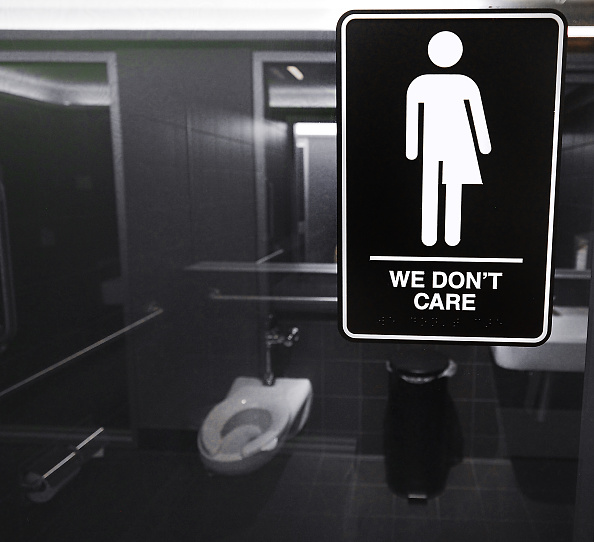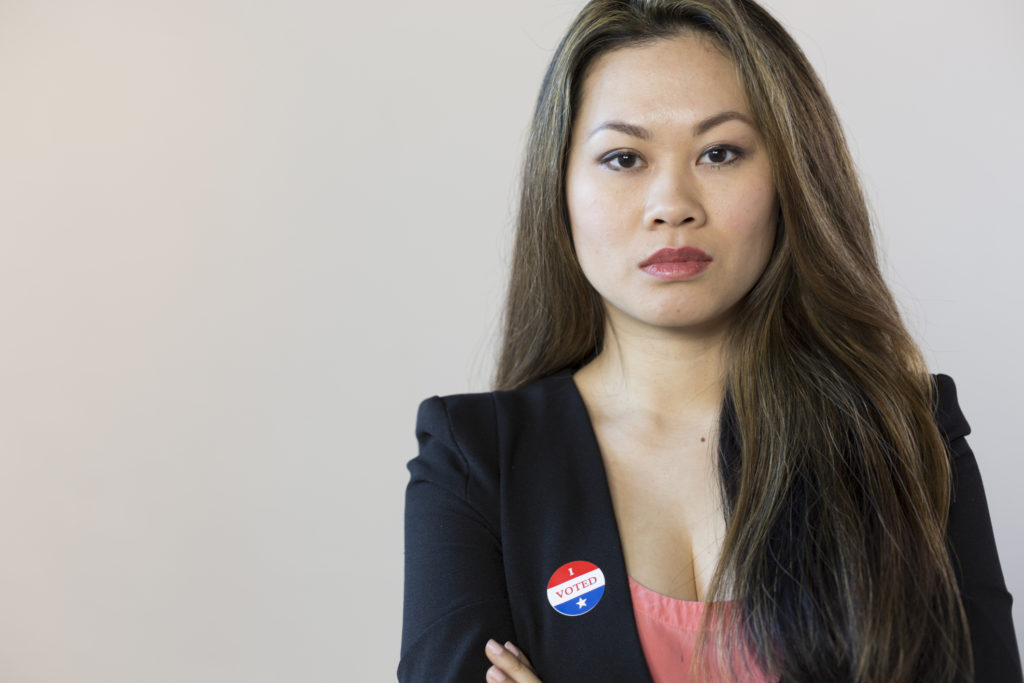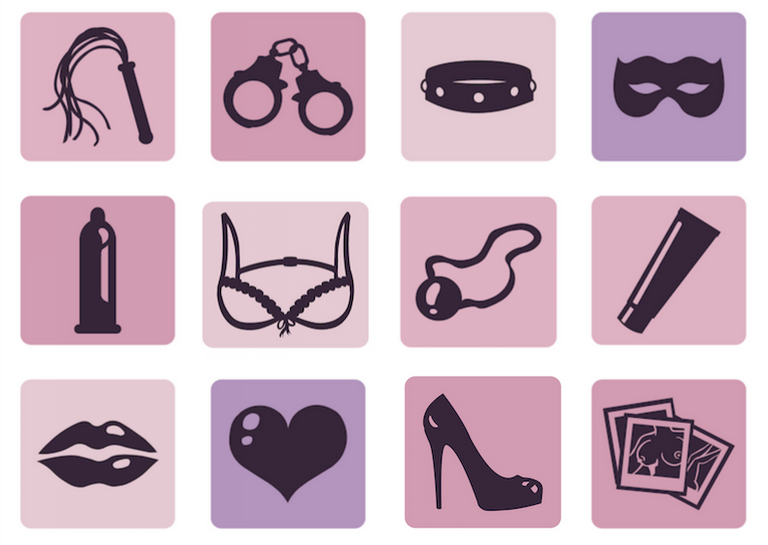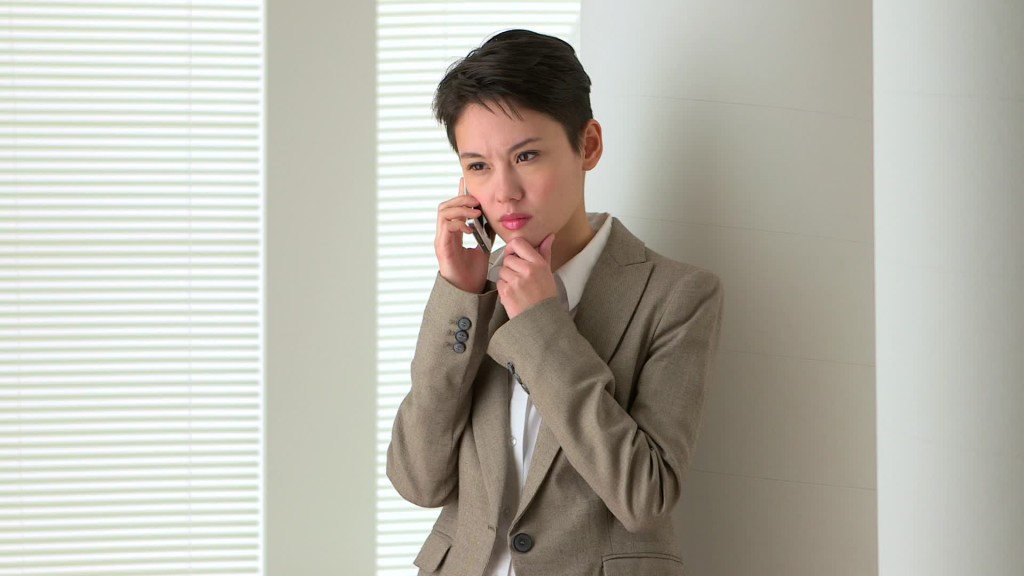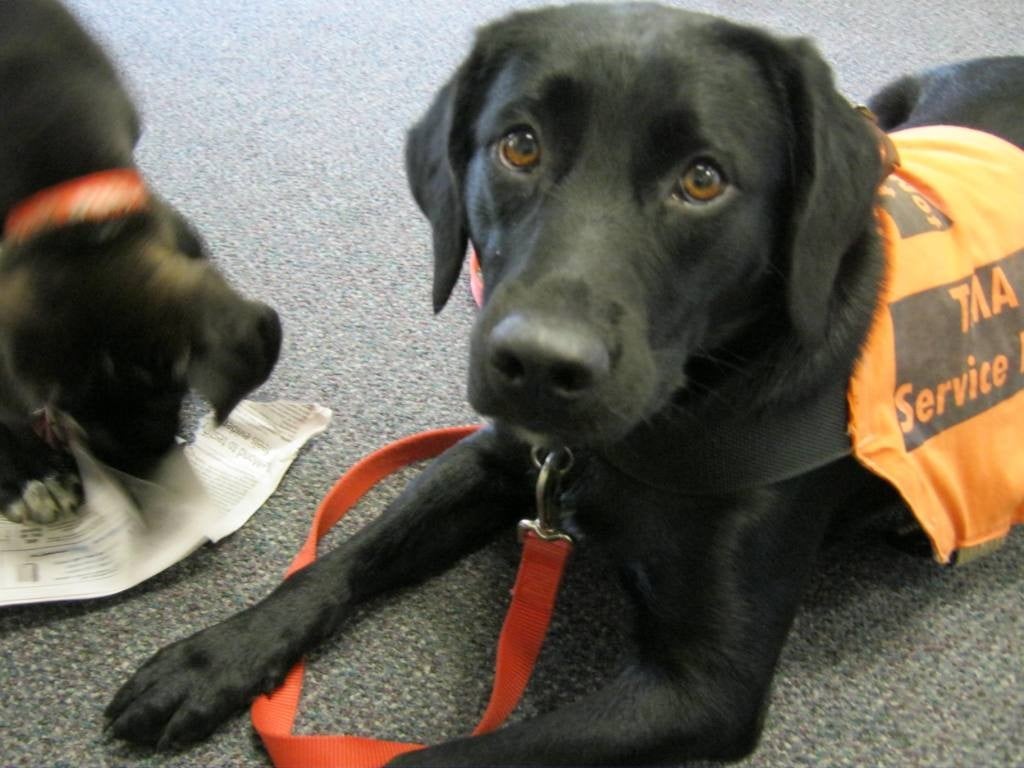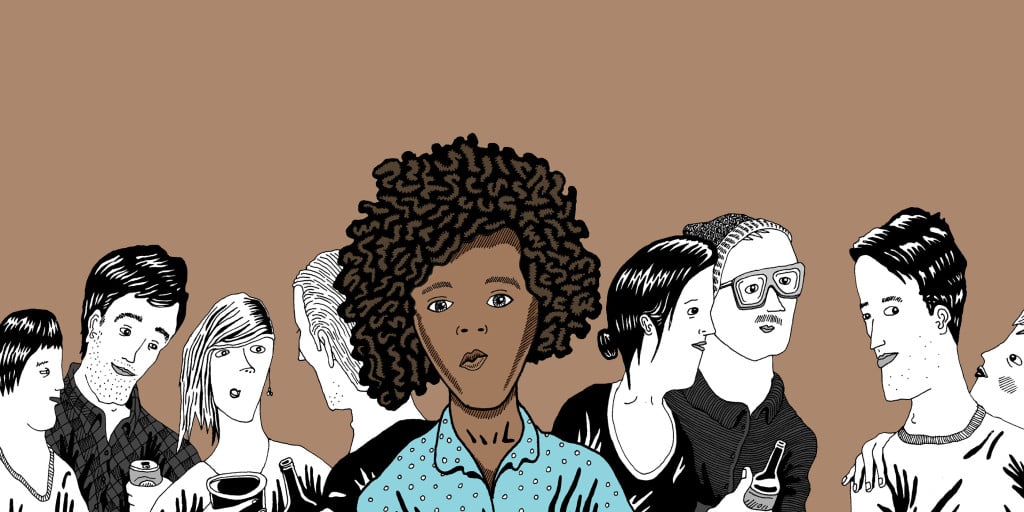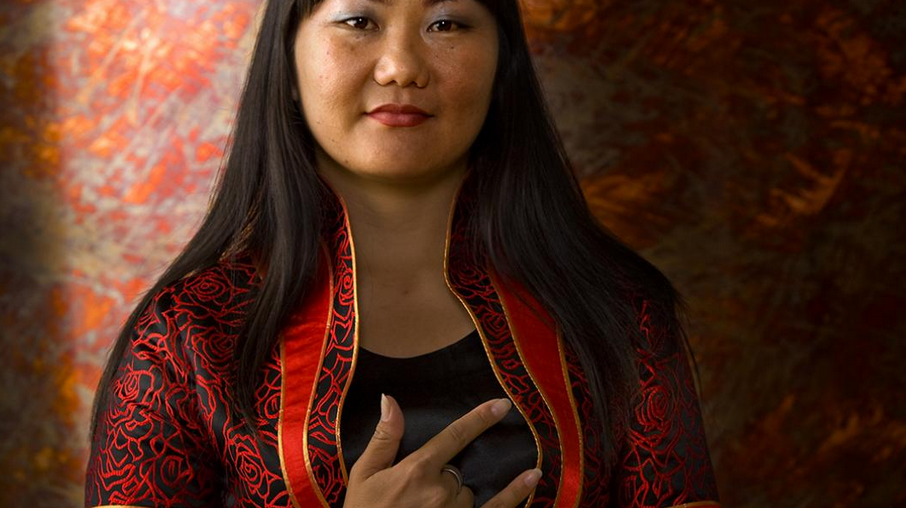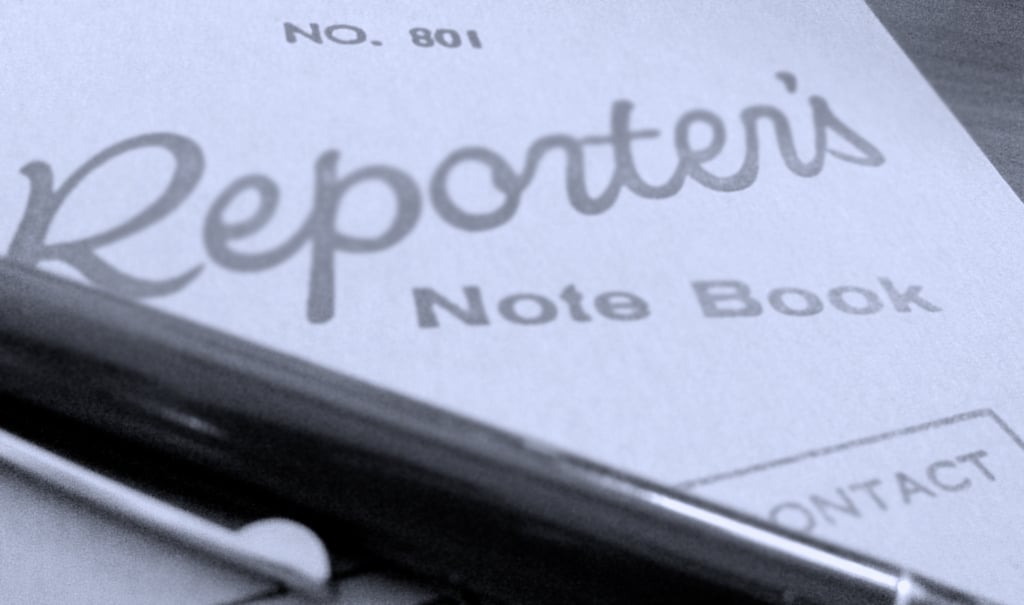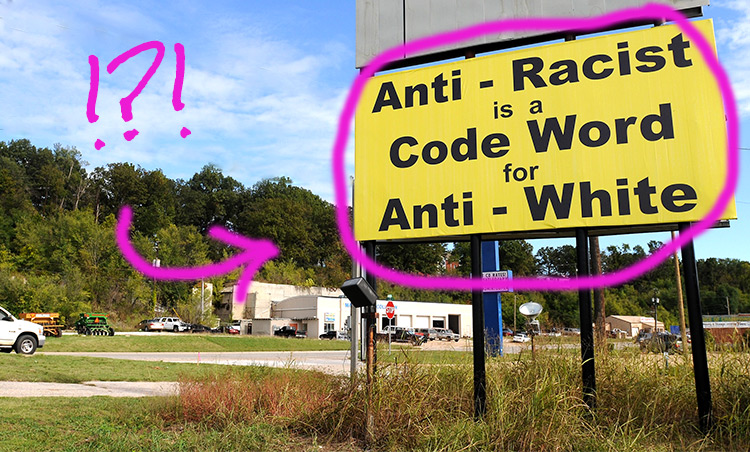Search results for: ally
Why the Left Isn’t As Trans-Friendly As You Might Think
Liberals support transgender folks way more than conservatives…right? This long history of anti-trans actions on the political left may surprise you.
Read MoreA Letter to Young Feminists Who Date Trump Supporters
This pattern of “agreeing to disagree” with a Trump supporter isn’t just “controversial” – it’s dangerous. This breakdown reveals what you might be missing.
Read MoreStop Making Black People Fight Everyone’s Battles
“We should be allies, not advocates.” Black folks are #NotYourMule – and these conversations addressing diversity issues by shaming black people have to stop.
Read MoreHow South Asians Can Practice ‘Selfish Solidarity’ in the Movement for Black Lives
Where’s the entry point for non-Black South Asians and people of color to fight against anti-Black police violence? This author proposes a “selfish solidarity” in this moving piece.
Read More8 Things Transgender People Do Not Owe You
If you’re cisgender, expecting some of these things from transgender people might seem harmless to you. But here’s how you might be intruding on someone with your entitlement – even if you don’t mean to.
Read More‘I Didn’t Know That Was Racist’ – Are You Using ‘White Ignorance’ to Dodge Responsibility?
Have you ever said, “Oh, I didn’t know it was racist” when you were called out for racism? It happens a lot. Celia Edell’s breaking down how this phrase relates to “white ignorance” – and how it misses the point.
Read MoreNo, We Won’t Calm Down – Tone Policing Is Just Another Way to Protect Privilege
“Calm down so we can discuss this like adults.” Ever said something like this in a conversation on oppression? Tone policing is no way to get justice, and this comic will help you understand exactly why.
Read MoreHow to Deal with the Misguided Stigma Against Women’s Body Hair
Ever feel like your body hair makes you less of a woman? This cute comic gets what you’re going through – and it’s got the affirmation you need to deal with the awful stigma.
Read More30+ Resources to Help White Americans Learn About Race and Racism
If you’ve ever wondered how to learn more about race and racism, and get involved in the movement for racial justice, here’s the guide you’ve been looking for.
Read MoreYour 3-Step Guide to Practicing Non-Oppressive BDSM
Some people think it’s contradictory to be a feminist and practice BDSM. With these tips, you can think through even more than safe words and and consent – and get kinky without compromising your values.
Read MoreWe Need to Get Rid of These 4 Racist Ideas About People of Color in the Workplace Before We Can ‘Race Together’
The Starbucks #RaceTogether campaign came and went faster than you could finish a latte. Can we learn anything positive from it? Let’s talk about how you can actually create cultural change around racial justice issues – by starting with your own workplace (and without talking to under-caffeinated strangers). What would you change to make a less oppressive workplace?
Read MoreBeing ‘Too Sensitive’ Isn’t the Problem – Oppression Is
Ever been told you’re “too sensitive” about oppression? After microaggressions and other moments that are supposedly “no big deal,” many of us are expected to swallow our feelings and move on. That expectation shows a lack of empathy for the histories of oppressed people. This article shows that your sensitivity is not a weakness, but a powerful source of change.
Read MoreWhy We Must Honor the Trans Lives We’ve Lost Without Telling the Living They’re Doomed
Well-meaning allies are spreading the word about anti-trans violence. But have you thought about what it’s like to be a trans woman of color constantly seeing these stories?
Read MoreAn Answer to ‘Why Is She Dating a Masculine Woman Instead of Just Dating a Guy?’
Maybe you’ve heard it, been asked it, or wondered about it yourself: Why do queer women and lesbians date masculine-presenting women instead of just dating a dude? Here’s an answer.
Read MoreService Dogs 101: 3 Things Every Feminist Should Know About Service Dogs and Their Owners
Service animals provide disabled people with therapeutic emotional support. Additionally, they’re trained to specifically cater to their owners and to assist them with their unique disabilities. But there might be a lot that you don’t know about them – which can lead to unintended ableism. Learn more about how to broaden your intersectional feminism around dis/ability.
Read MoreMore Than a Theory, More Than a Trend: Making Your White Anti-Racism a Lifestyle Commitment
If your white anti-racism allyship is more about talking the talk than walking the walk, then people of color need you to reevaluate and come back when your anti-racism is a lifestyle commitment. Learn how.
Read MoreIf We Divide, We Don’t Conquer: 3 Reasons Why Feminists Need to Talk About Race
Believing that feminism should address only sexism, some feminists are hesitant to include working to end racism when working to end patriarchy. But if we want to end sexism and support all women, we absolutely must include anti-racism work into our feminism. If you’ve ever wondered what racial justice conversations have to do with feminism, here are your answers.
Read MoreHow Mainstream Feminism Continues to Perpetuate Ableism (And How We Can Change That)
Many feminists want to work towards justice for people with disabilities, but how often do we stop and think about how we might be perpetuating ableism in our everyday lives?
Read More9 Ways the Media Can Stop Shutting Out Trans Voices
So many cis-LGBQ+ media sources claim to be advocates of trans inclusiveness. But by even refusing to acknowledge a trans person’s chosen name in how they report on them, they become gatekeepers and enforcers hegemonic patriarchy. So here are nine ways for the media to keep in mind when doing stories on trans folks.
Read More3 Reasons Why Being Anti-Racist Isn’t Code for Being Anti-White
It seems like every time anti-racism activists speak up about their work, there is some level of pushback claiming that the work is “attacking white people.” But the thing is, that’s just not true. Anti-racism is not against white people. To clarify what anti-racism is really about, here are three things that the movement actually works to dismantle.
Read More

